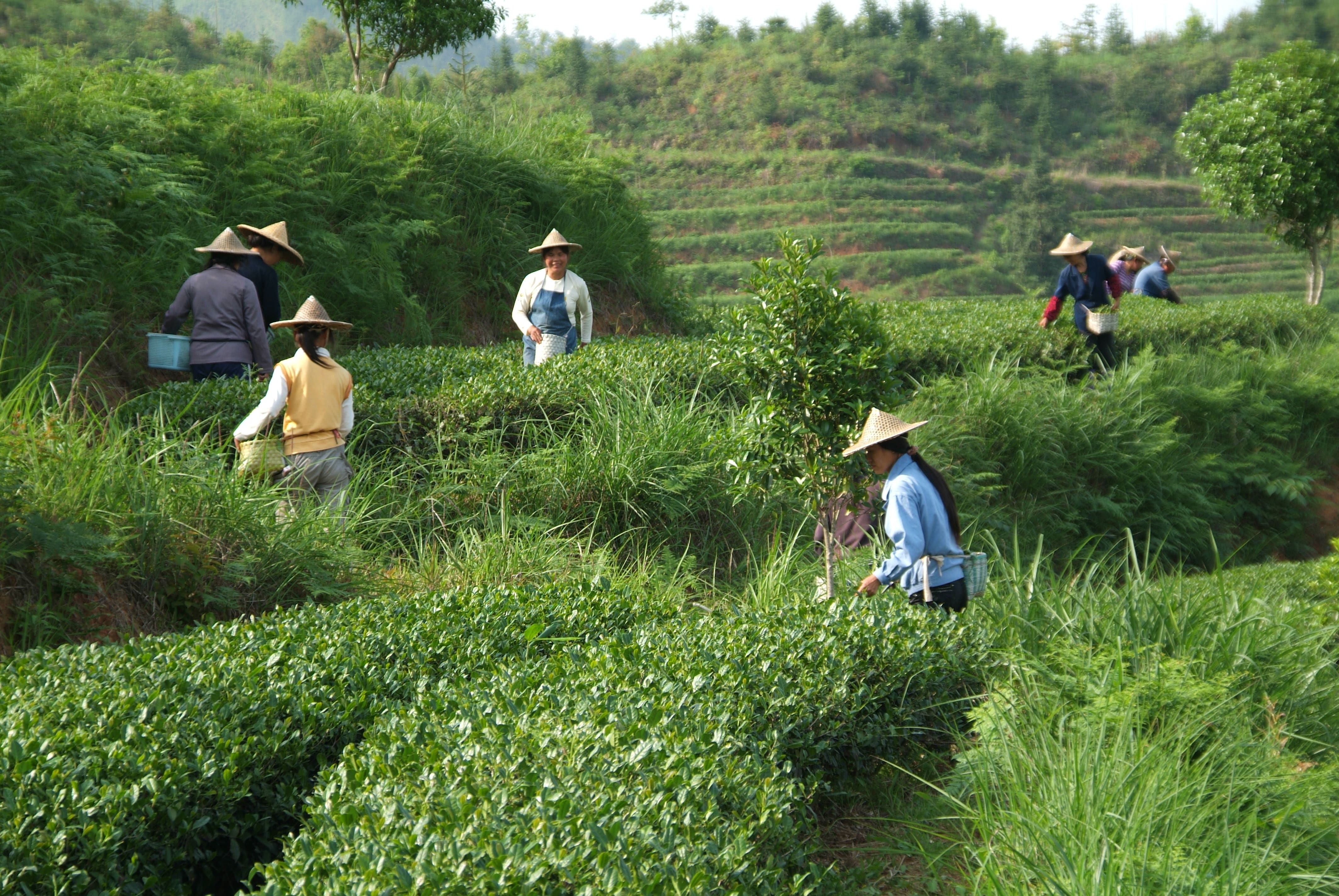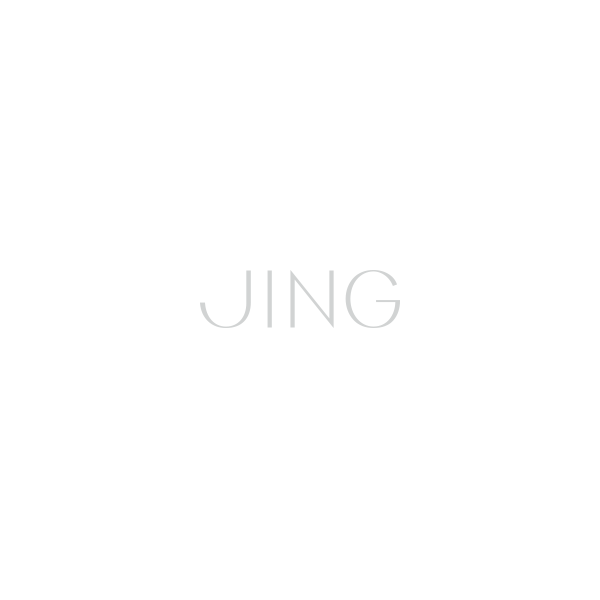Traditional Iron Buddha vs. Iron Buddha: The Differences
Although they are derived from the same legendary Tieguanyin cultivar, our Traditional Iron Buddha is processed very differently to our Iron Buddha tea, and therefore has very distinct taste profile. Discover the story behind this famous tea and the key differences in their character.
The Legend of Tieguanyin
The history of Tieguanyin oolong tea begins with a fabled crop farmer who lived in Anxi County, Fujian province, China. There are many versions of the legend, but they all agree that the farmer, whose failing crops were unable to sustain his family, was bestowed with a small tea plant by the bodhisattva Guanyin, a famed icon in Buddhist teachings.
Many say that one day, after working his field, the farmer came across an old iron statue of Guanyin, who is also known as the bodhisattva of compassion in an abandoned temple. He spent weeks cleaning the temple and fixing the statue, making offerings of incense and food every day. After doing this for a few weeks, Guanyin appeared to the him in a dream and offered directions of where to find a special tea plant. The farmer sought out the tea plant and cultivated it in his field. The tea that it produced brought him much prosperity, so he named the new tea cultivar Tieguanyin, or Iron Buddha, in recognition of the great bodhisattva.
Iron Buddha Tea
Beyond the legend, Tieguanyin is one of the most famous cultivars used for oolong tea in China. It is still produced in the authentic origin of Anxi County, Fujian and regularly makes the annual top 10 list of China’s best teas.
You may already be familiar with our Iron Buddha, a lightly oxidized, hand-rolled oolong tea that is emerald green in colour. This is what is known among producers as ‘modern style’ or ‘clear fragrance’ (qīngxiāng/清香) Tieguanyin; expectedly very bright, creamy and floral in flavour. This style of Tieguanyin is quite ubiquitous, having become very popular among tea producers in China over several decades; after being influenced by the production techniques of the lighter Taiwanese oolongs, such as our Ali Shan.
Traditional Iron Buddha Tea
However, traditionally, Tieguanyin oolong would have been produced much more slowly, with a few key differences in the processing - notably, a longer oxidation time and then often a heavier baking. These traditional processes produce a darker looking tea that is more rounded with a deeper complexity, smoothness and a fruitiness that is complemented by notes of roasted hazelnuts. Tieguanyin produced in the traditional way is less favoured among tea producers in Anxi County these days, as it is much more time consuming and requires great attention, so finding a high-quality example can be extremely difficult.
To create our Traditional Iron Buddha, we worked with tea master, Wang Changjin, in his garden in Anxi to produce a tea in the traditional style that is around 30% oxidised and a medium bake. This profile gives the balance of light fresh flavours and darker complex notes that is particularly enjoyed by our founder Ed Eisler.
The Perfect Cup
Both teas are widely enjoyed but reveal just how different the results of processing can be for the same cultivar. Both can be expertly infused in our One Cup Tea-iere for the perfect cup every time, however, if you want to delve into the complexity of these teas then we would recommend infusing them in the Chinese style of Gong Fu Cha.
This method works perfectly in our porcelain Tea Master, using a larger amount of leaf and smaller amount of water over multiple infusions for a full flavour journey.







